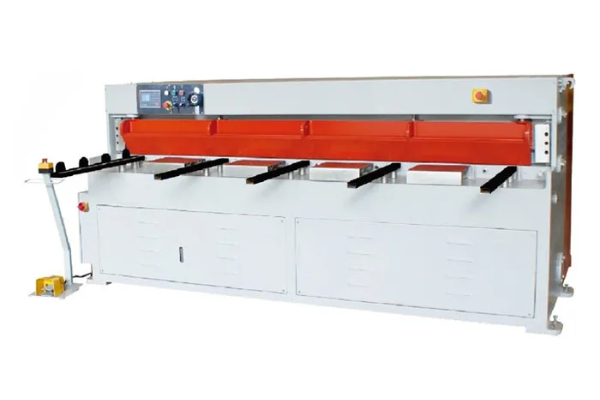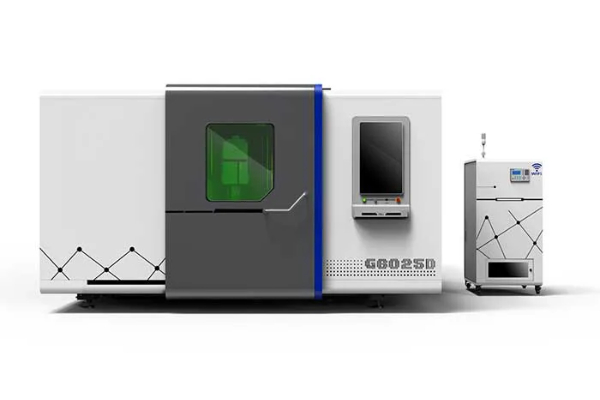
Best Practices for Operating and Optimizing Metal Sheet Punching Machines
- By:Metmac
- 2024-09-03
- 120
In the realm of metalworking, where precision and efficiency reign supreme, the mastery of metal sheet punching machines is an art that demands the utmost attention to detail. These machines, with their formidable punching force, transform sheets of metal into intricate components, shaping the foundation of countless industries. To harness their full potential and ensure seamless operation, adhering to best practices is paramount.
1. Machine Maintenance and Calibration:
Just as a finely tuned instrument requires regular upkeep, metal sheet punching machines thrive on proper maintenance. Regular lubrication, cleaning, and blade sharpening are essential to maintain optimal performance and prevent costly downtime. Additionally, calibrating the machine ensures accuracy and precision, resulting in consistent and flawless punching operations.
2. Material Selection and Preparation:
Choosing the right material for the intended application is crucial. Factors such as thickness, hardness, and surface finish must be carefully considered. Proper material preparation, including cleaning and deburring, ensures a smooth punching process and minimizes the risk of defects.
3. Punching Parameters Optimization:
Punching force, feed rate, and dwell time play a significant role in determining the quality of the punched holes. Establishing optimal parameters requires a balance of power, efficiency, and material characteristics. Experimentation and data collection are recommended to fine-tune these settings for each unique material and application.
4. Tooling Selection and Management:
The selection of appropriate punches and dies is essential for successful punching operations. Consider factors such as punch profile, clearance, and material compatibility. Proper tool storage and maintenance practices extend their lifespan and ensure consistent results.
5. Waste Management and Ergonomics:
Metal sheet punching generates scrap metal waste. Implementing efficient waste collection and disposal systems ensures a clean and safe working environment. Additionally, incorporating ergonomic principles into the machine setup minimizes operator fatigue and promotes long-term productivity.
6. Monitoring and Troubleshooting:
Regular monitoring of the machine’s performance is crucial. Inspecting punched holes for quality, tracking machine parameters, and addressing any irregularities proactively minimizes the risk of costly breakdowns. Prompt troubleshooting and corrective actions ensure uninterrupted production.
By adhering to these best practices, metal sheet punching machines become the linchpins of productivity, precision, and efficiency in modern manufacturing. These machines, in the hands of skilled operators, empower businesses to produce high-quality components with remarkable speed and accuracy.
-
Advanced Sheet Metal Rolling, Cutting, and Folding Machines for Efficient Fabrication
2025/10/22 -
High-Precision Sheet Metal Bending and Cutting Solutions for Modern Manufacturing
2025/10/22 -
High-Precision Solutions from Leading Sheet Metal Cutting Machine Manufacturers
2025/09/11 -
Reliable Sheet Metal Equipment for Sale to Support Precision Fabrication
2025/07/17
-
Advanced Sheet Metal Rolling, Laser Cutting, and Folding Machines for Precision Fabrication
2025/10/31 -
High-Performance Sheet Metal Bending and Cutting Machines for Modern Fabrication
2025/10/31 -
High-Quality Sheet Metal Equipment for Sale: Efficient Solutions for Modern Manufacturing
2025/10/31 -
High-Performance Sheet Metal Equipment for Sale: Forming and Shearing Solutions for Modern Fabrication
2025/10/22
-
A Guide to the Latest Innovations in Sheet Metal Folding Machines
2024/11/29 -
Key Features to Consider When Investing in a Sheet Metal Folding Machine
2024/11/28 -
Enhancing Precision with Advanced Sheet Metal Folding Machines
2024/11/27 -
How to Choose the Right Sheet Metal Folding Machine for Your Workshop
2024/11/26






